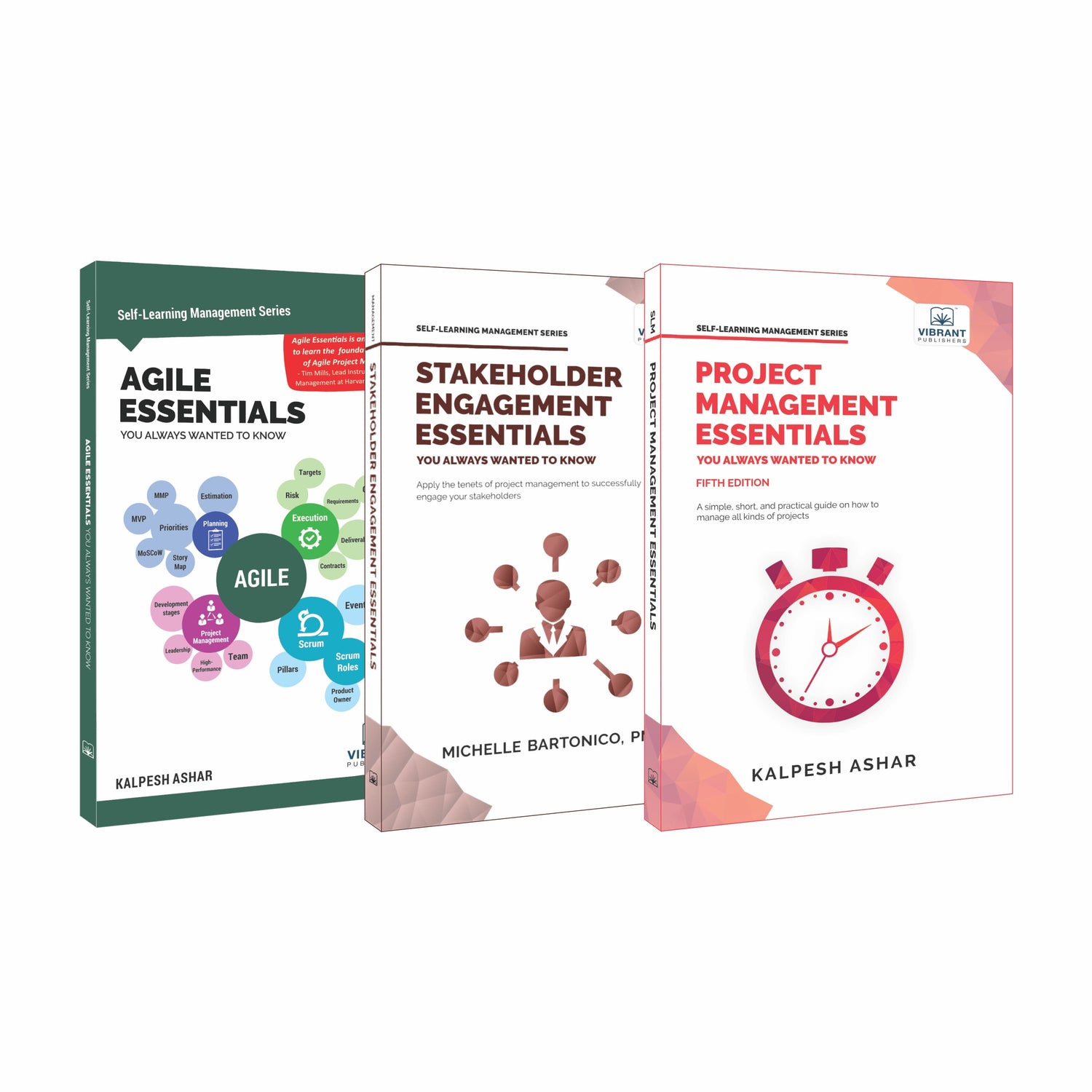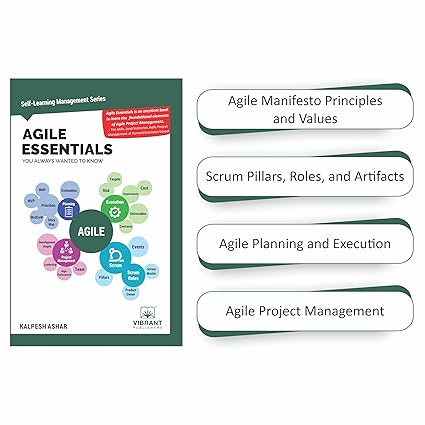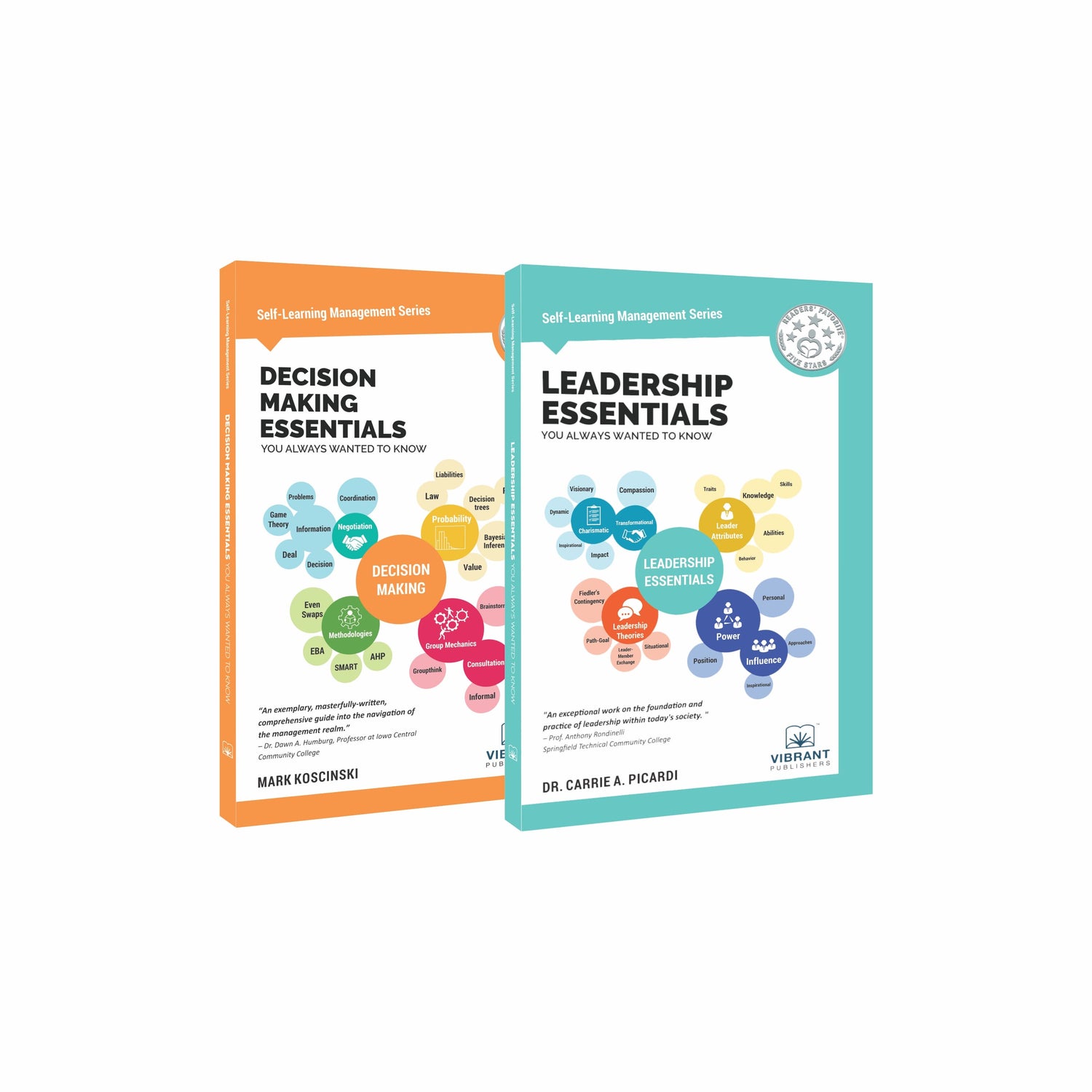
Swagger
Introduction
In this world of constantly changing specifications and requirements, it’s not an easy task to be updated with your web services. Meticulous planning and documentation is a must to win the race. There are a few tools in the market that will help you do the job. We will discuss one such tool Swagger – an API documentation and development toolset.
Swagger
Swagger is not just a platform, but a set of tools that will help you in the process of documenting and developing APIs. All these APIs follow the Open API specification standard. Their official website (www.swagger.io) describes three different toolsets:
- Swagger Editor
- Swagger UI
- Swagger Codegen
Let us have a detailed look into these toolsets:
-
Swagger Editor
The swagger editor is responsible for designing and creating APIs based on the Open API specification. This editor can be installed on your computer and you can use it by logging into your swagger account. The editor has an intelligent auto-completion feature and has a visual editor feature where you can interact with the API during its creation time itself. Below is the screenshot from the swagger editor.

-
Swagger UI
The swagger UI is another tool that will allow you to visually see and interact with the APIs. These APIs can be created by Swagger Editor or there is provision for uploading other APIs as well. Once the API is given for the tool, it will automatically generate the visual schema of your API. One of the very useful features of this tool is that it will also create documentation for your API. This is very useful while implementing the API in the back end or at the client-side. You can execute the APIs from there itself and test its functionality as well.
-
Swagger Codegen
The Codegen tool takes care of defining the servers and client-side SDKs for the API that you are building. In this way you don’t need to worry about those aspects while developing and API. It supports over 20 programming languages and the creation of these stubs and SDKs are quite an easy task in Codgen. This will help you to focus only on developing APIs than thinking about the client and server implementations.
Opening an account in Swagger
An account in Swagger is quite easy to start. Just visit the website www.swagger.io and sign up for an account by providing some basic details. You can also open an account providing your Github credentials. Once you create an account, you will be taken into the swagger hub dashboard. Below is the screenshot of the same.

From the dashboard, you can create or import your APIs. These APIs can be public or private according to your requirement. If you need other teams from swagger to see and collaborate on the API development, then they have to be public.
Once you are working on your APIs, the view will be changed to something as shown below:

Here, you have access to all the tools, the editor, UI, API docs and Codegen. This will make working with the entire process a seamless experience. Once the API is created, there will be an option to download the corresponding server stub and client SDK.
The default account is free which limits the use only to one user per team. If you need more paid options available.
Summary
Swagger is a set of tools that is targeted towards API development and documentation. The visual editor and codegen tools are some of the compelling features of this platform. As an API developer, it is worth trying swagger for your use cases.
Share











